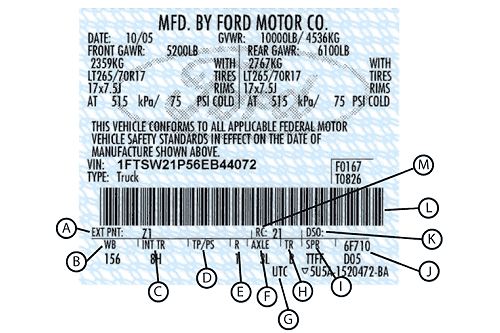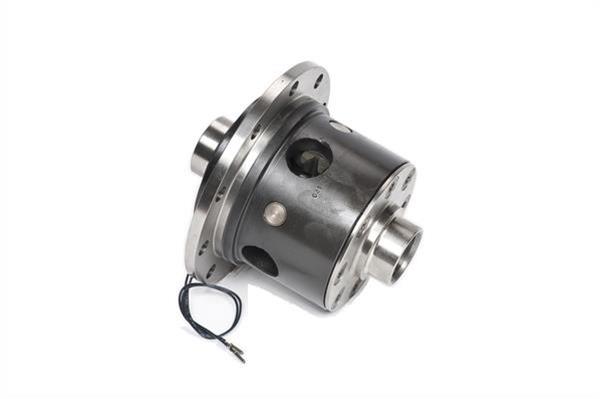For the 2005 model year of our Class C's E450 cutaway van chassis it differed from the E350 cutaway chassis at least as follows:
- Front and rear torsion bars. (E350 had only a rear one).
- Larger diameter drive shaft, hence less chance for any drive shaft vibration under load.
- Larger swept area for brakes (so new brake pads required less often for any given vehicle weight, at ~85K miles my front pads are still original).
- Hydraulically boosted power brakes instead of vacuum boosted power brakes.
- Wider rear dually stance for improved side-to-side (lateral) stability on curves, in high cross-winds, and when getting passed by trucks.
- Higher rear differential ratio (4.56:1 instead of E350's 4.10:1) for improved hill climbing, offroad crawling, towing, and less transmission internal heat generation due to less torque converter slippage under load.
- More weight carrying capacity so we can load it anyway we want with no concerns for (in our small Class C) total vehicle weight
- Way less, if any, front versus rear height difference due to how we might load the front versus the rear.
- No stabilized jacks required to eliminate coach movement when walking around inside.
- Thicker steel used in the base chassis frame so there will be less chance of frame twist when traversing rough or rutted roads.
We basically wanted chassis overkill when we bought our 24 ft. Class C on the optional E450 chassis. Most of the advantages listed above of course go away if a large(er) Class C is built on the E450 chassis ... because "chassis overkill" no longer will apply as much or at all.
Basically, chassis overkill provides a better K.I.S.S. approach because you're using a heavy duty tool in a light duty way.



